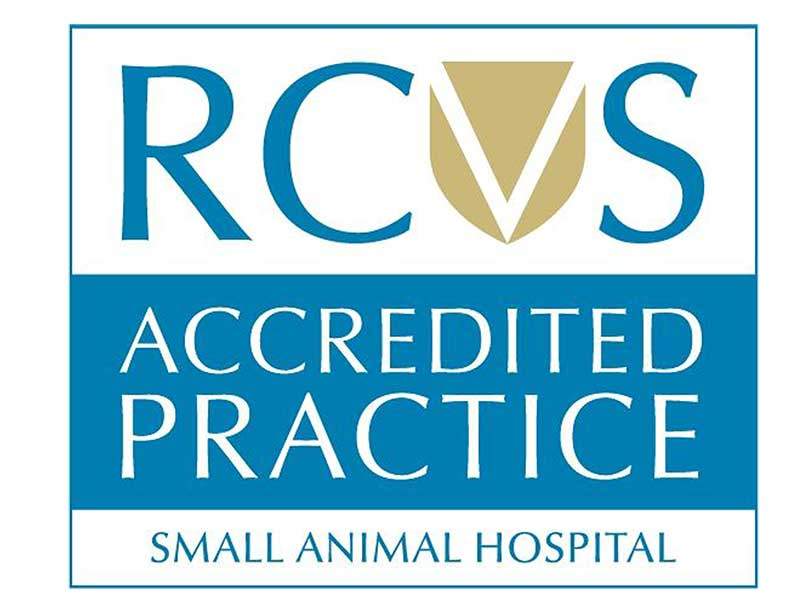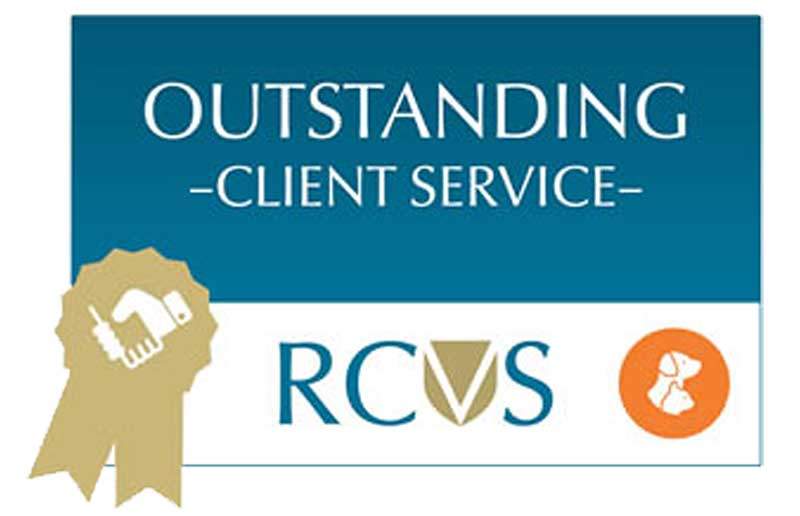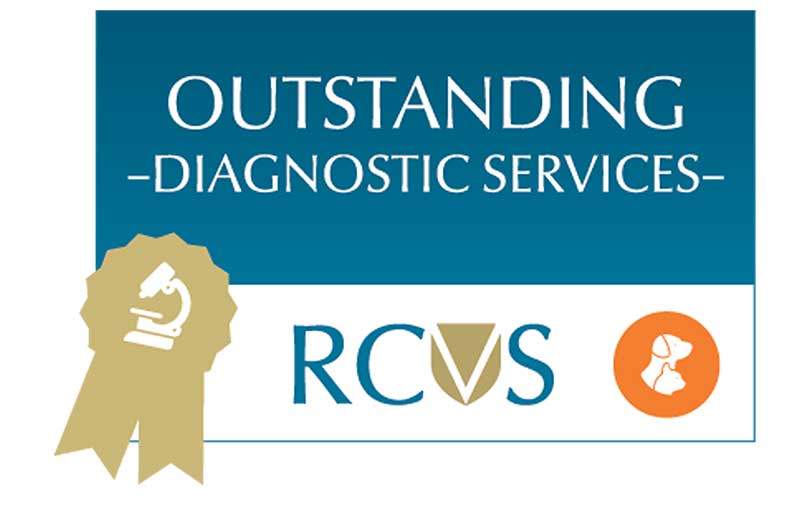Skin flap surgery is used where an existing wound is not healing or needs intervention to help with the healing process. Skin flaps differ from skin grafts, as with a skin flap the skin is attached to the body, ensuring a constant blood supply into the tissue. Either the flap of skin remains attached, and is simply taken from the adjacent area to the wound, or the flap of skin is completely detached, but when the flap of skin is reattached the blood supply is also reattached so that the skin is once again attached to the body. A skin graft is where a section of skin is completely removed from the body and attached to a new site. Skin flaps have an excellent success rate and are used in a variety of circumstances.
Indications for Skin Flaps
Skin flap surgery is successfully used for different circumstances. Commonly, where traumatic injury has occurred, or on the site of the removal of a tumour. It is also a good option for burns and skin flaps are often used on limbs. Whether or not skin flap surgery is needed will depend on the level of damage, and the likelihood of it healing on its own. If there is an infection, then that will need to clear before the skin flap surgery takes place, otherwise, it could trap the infection into the skin.
Surgical Procedure for Skin Flap Reconstruction
Your veterinary surgeon will explain the procedure to you in detail before the surgery. The surgery will require your dog or cat to have a general anaesthetic. During the surgery, the flap of skin will be lifted from the chosen area, and placed over the wound. The flap of skin can be partially detached and then reapplied where needed. Sometimes the flap of skin is completely removed, and then reattached in the new location, this is known as a free flap. This is a generally very successful surgery, and the wound should heal quickly, given good post-operative care.
Postoperative Care and Complications
Depending on the general health of the animal, and the complexity of the surgery, your pet may be required to stay at the animal hospital for a few days post-op. This allows them to be closely monitored by the on-site team, and to be given ongoing pain medication after the operation. The surgical team will advise on the best time for your pet to be discharged home to you.
Recovery
Once your pet is back home, you will need to look after them carefully after their surgery to optimise their successful healing. This will involve keeping your pet quiet, and while we appreciate this can be difficult, it is necessary to help the healing process. If you are concerned about keeping your pet quiet during the recovery period, please speak to your vet for advice. You will need to change the bandages on your pet’s wound sites. The veterinary team will show you how to do this, the pressure of the bandages is important, not too loose and not too tight. Your dog or cat mustn’t lick its wound, as this can affect the stitches and cause infection. It may be advisable to keep your dog or cat in a cone to prevent them from licking or chewing. It can take some time for the wound to fully heal, but it is the first two weeks that are vital for keeping your dog or cat quiet.
Prevention
This type of surgery is used to treat a wound that will not heal on its own. Whether this is from an accident or a tumour, it is often an unavoidable situation. Keeping your pet generally healthy and happy with a good diet, regular exercise, and good supervision, will help to reduce the risk of illness or injury, but accidents do happen, despite the very best care. The sooner you take your pet to be treated, the better the likelihood of a good outcome. A wound that has been left to deteriorate, will require more extensive and complex treatment. Acting quickly and responsibly will help to improve the chances of success in your pet’s recovery.
Prognosis
When we use the flap technique during surgery, either as a free flap or as a flap of skin that is left attached to its original site, we have excellent success rates. The alternative to this is a skin graft, which has a lower success rate. Due to the flap of skin having its own blood supply, it remains living and healthy and rarely dies off, which is the common failure of a skin graft. With good post-operative aftercare, we expect an excellent prognosis after this type of surgery.
Cost of Skin Flaps and Reconstruction Surgery
Here at NorthWest Referrals, the health and happiness of animals are at the heart of all that we do. Our pricing is structured fairly and transparently, so that our clients know exactly what the cost of the operation entails, including any necessary follow-up treatments. We accept referrals both from veterinary practices and directly from pet owners and both insured and uninsured clients. We understand that the cost of surgery can seem daunting, but will always work with you to ensure that your pet receives the very best of care.
Next Step for Your Dog or Cat
Using this type of flap surgery on dogs and cats is very successful and is often the best option to treat a wound that is unlikely to heal on its own. No matter the complexity of the surgery required, our expert veterinary team will be on hand to advise and operate. If you are a referring vet, you can refer a pet to us for skin flap surgery using our online form. If you require more information or a discussion about your patient or are a dog or cat owner, then please contact our friendly and helpful team for a soft tissue surgery here at NorthWest Referrals on 01942 242001 or by email to info@northwestreferrals.co.uk




